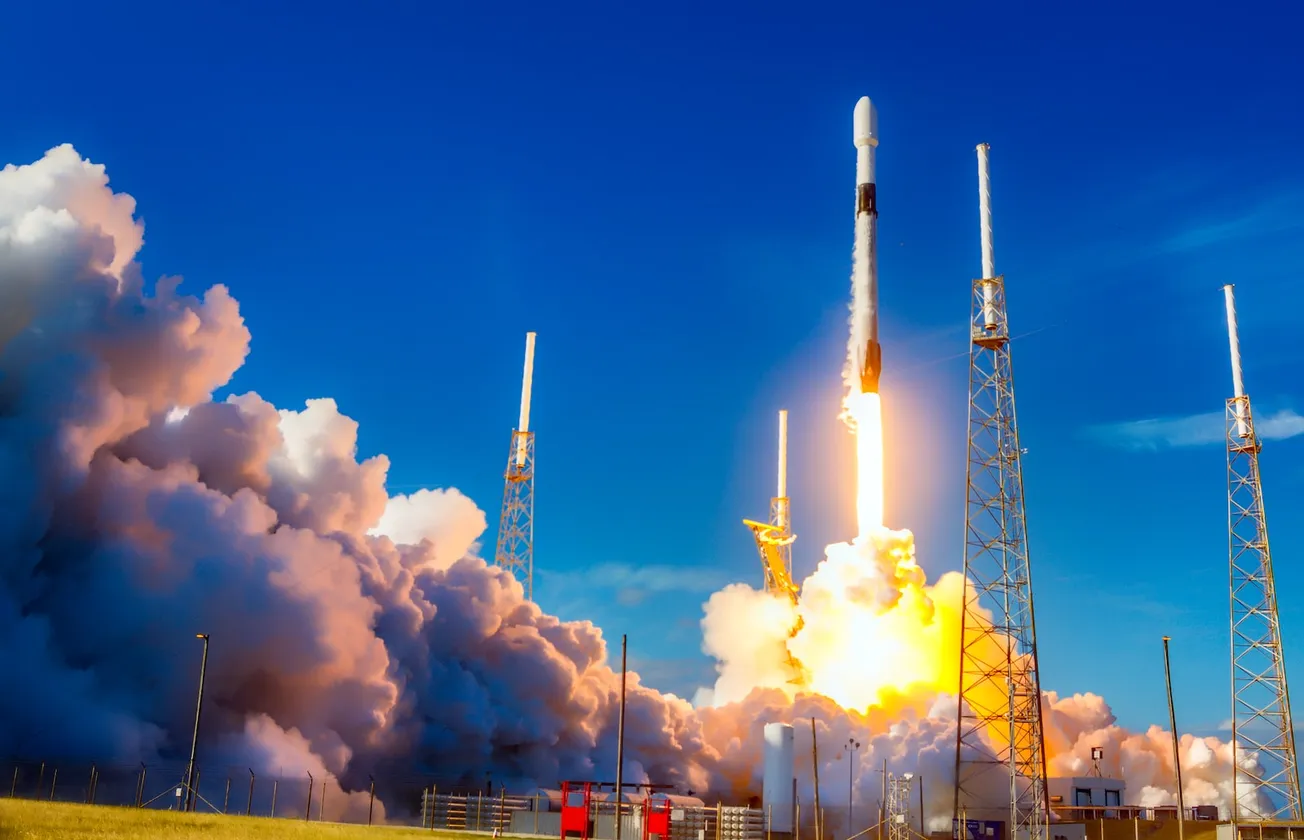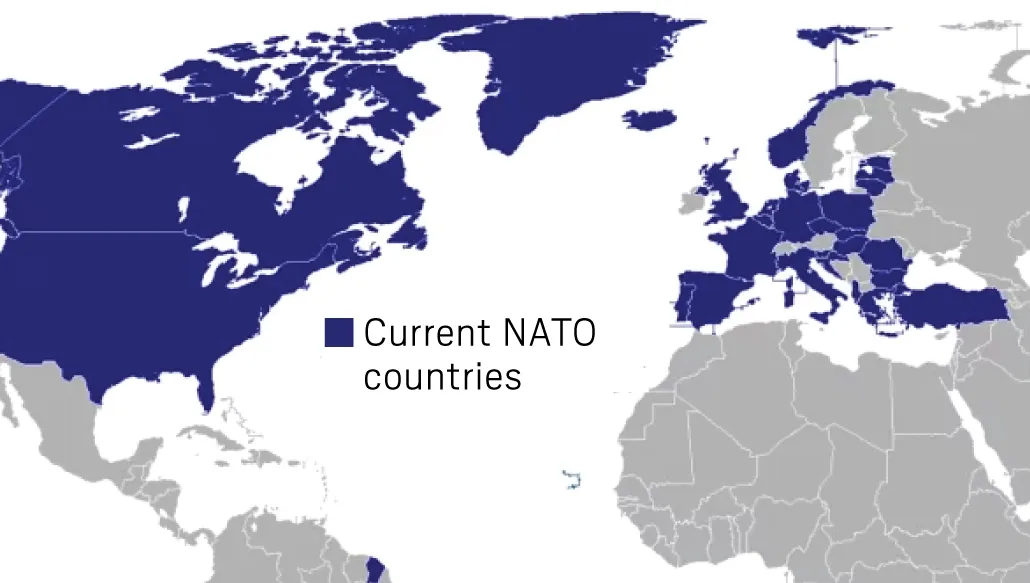Dave Patterson
National Security Correspondent at LibertyNation.Com. Dave is a retired U.S. Air Force Pilot with over 180 combat missions in Vietnam. He is the former Principal Deputy Under Secretary of Defense, Comptroller and has served in executive positions in the private sector aerospace and defense industry.
The sounds of the final rifle shots faded, and American doughboys of World War I prepared to head home, trying to clear from their minds the horrors of fighting “the war to end all wars”. Among those terrible memories were encounters with mustard, phosgene, and chlorine gas used to kill and maim on the trench-lined fields of battle. World War I was both the first and last major war in which these chemical weapons were used, as the Geneva Protocol in 1925 banned their use. The agreement did not, however, prohibit the development and stockpiling of such weapons – and only now are the final chemical weapons being destroyed by the US military.
Chemical Weapons Continued to be Stockpiled
To hedge against some rogue nation electing to bring gas warfare back, major world powers continued to develop, refine, produce, and warehouse chemical weapons – many far more lethal than their World War I precursors. It took almost a century for the US to decide to destroy its own stockpile. According to The New York Times:
“The destruction of the stockpile has taken decades, and the Army says the work is just about finished. The depot near Pueblo destroyed its last weapon in June; the remaining handful at another depot in Kentucky will be destroyed in the next few days. And when they are gone, all of the world’s publicly declared chemical weapons will have been eliminated.”
Getting to this point has not been a walk in the park. Though there has been nearly universal condemnation of the use of chemical munitions, not until after Congress mandated the destruction of US stockpiles of lethal chemical agents 1986 and the Senate ratified the Chemical Weapons Convention Treaty in 1997 did the US and others take serious steps to destroy chemical weapons inventories. “From World War I to the early 1960s, the amount of chemical warfare agents stockpiled in the United States is thought to have reached nearly 40,000 tons. These chemical warfare agents were stored in bulk containers or as assembled weapons and ammunition at nine sites in the United States,” the Center for Disease Control and Prevention reported. The stockpiles included nerve agents like Sarin and vesicants or blister agents like mustard gas.
Destroying the Stockpile: A Daunting Program
Early destruction of US chemical weapons began in 2002, and the “chemical demilitarization” (Chem-Demil) program of record began with an appropriations bill that provided funding on October 1, 2005. The program projected a completion date of 2012, costing $5.7 billion from 2004 through 2007. The Chem-Demil program took place at seven locations, Johnston Atoll in the Pacific Ocean; Tooele, UT; Anniston, AL; Umatilla, OR; Pine Bluff, AR; Pueblo, CO; Newport, IN; and Blue Grass, KY, chemical disposal facilities. The Chem-Demil program is now 11 years beyond the projected completion date and more than $36 billion in cost overruns, but the end of the program is at hand. As the last two sites still in operation, Pueblo, CO, and Blue Grass, KY, close down operations, “Kingston Reif, an assistant US secretary of defense for threat reduction and arms control, said the destruction of the last US chemical weapon ‘will close an important chapter in military history, but one that we’re very much looking forward to closing,’” Defense News reported.
Unfortunately, the end of the US Chem-Demil program is not the end of the chemical weapons threat. Most recently, in the unprovoked Russian invasion of Ukraine, there were reports of chemical weapons attacks. “Russian forces are using chemical weapons against Ukrainian troops, a spokesman for the Ukrainian Defense Forces has claimed…following an artillery strike against Ukrainian positions near the Donbas city of Bakhmut, soldiers showed symptoms including nausea, vomiting and, in a few cases, loss of consciousness,” the Kyiv Post explained. Despite also signing the Chemical Weapons Convention Treaty of 1997, Moscow’s use of chemical weapons should come as no surprise. Liberty Nation reported last year that Ukrainian soldiers defending Mariupol had been attacked with Russian chemical munitions. Though America has spent decades and billions to rid the US inventory of the deadly menace of poisonous gas, it is again faced with adversaries not reluctant to use them. So the US will soon be free of chemical weapons, but how free are its people if other nations have not followed suit?









